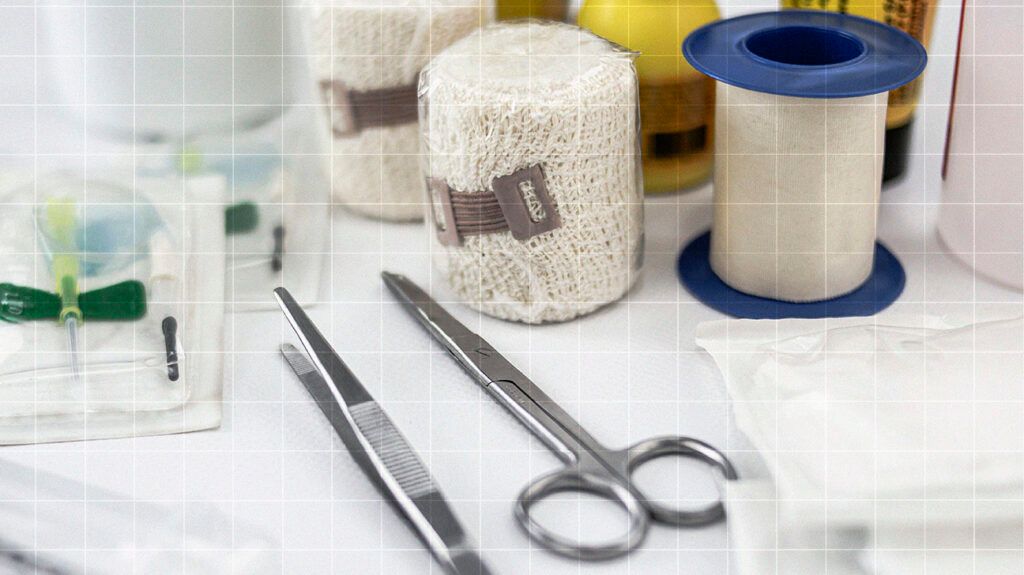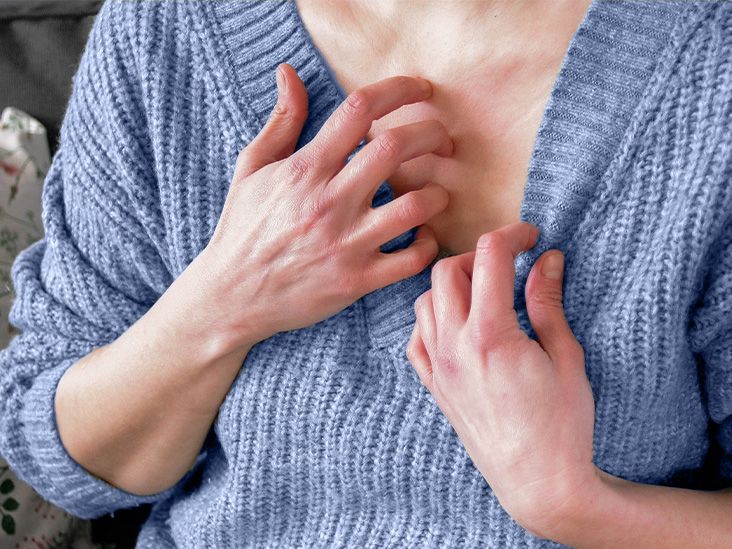Maggot therapy is a wound healing technique in which healthcare professionals apply medical grade maggots to dead or infected tissue to keep the wound clean. It is also known as larval therapy.
Maggot therapy is not a new medical phenomenon. Aboriginal Australians, for example, have been using maggots to clean wounds for thousands of years. There are also accounts of people using maggots for wound cleaning during the American Civil War and the First World War.
People may also refer to this treatment as larval therapy, maggot debridement therapy, or larvae therapy. Debridement is the medical term for removing dead, damaged, or infected tissue from a wound.
In certain cases, healthcare professionals may recommend maggot therapy instead of conventional dressings to treat chronic wounds. However, this treatment may not be suitable for all types of wounds.
This article explores what healthcare professionals use maggot therapy for, how it works, its benefits, and its possible side effects. It also answers some common questions about maggot therapy.

An older 2017 review notes that healthcare professionals may recommend maggot therapy for any type of chronic wound that has moist slough (yellowish-white stringy material) or dead tissue on its floor (deep base of a wound) where urgent surgical debridement is not indicated or not possible, or where the person with the wound refuses it.
The United Kingdom’s National Health Service (NHS) notes that a doctor may also use maggot therapy to maintain a clean wound following debridement if the wound is likely to re-slough.
Some examples of chronic wounds include:
- leg ulcers
- pressure ulcers
- diabetes-related ulcers
- burns
- surgical wounds
Maggot therapy involves a healthcare professional applying medical grade green bottle fly maggots to dead or infected wound tissue.
According to the NHS, there are two ways in which healthcare professionals apply maggots to wounds: using a BioBag dressing or applying them directly.
The BioBag dressing is a fine net pouch in which maggots are sealed with a piece, or pieces, of foam. The foam helps the maggots grow and manage fluid drainage from the wound. The maggots stay sealed within the dressing for the duration of the treatment.
A doctor may leave the BioBag dressing in place for up to 4 days, but they may check on how the treatment is progressing once per day.
The other method involves applying the maggots directly to the wound, where they remain in a special dressing system. Doctors may refer to this technique as “free range maggot therapy.” The maggots may remain on the wound for about 3 days, depending on how the treatment is progressing.
The maggots work in the same way in both applications. They feed on any dead tissue while releasing digestive enzymes and antimicrobial compounds in their saliva to help break down the dead tissue into liquid they can consume.
The antimicrobial compounds in their saliva help reduce the amount of bacteria within a wound and promote the growth of new, healthy tissue. They can also break down bacteria that enter their gut.
Maggot therapy can help promote wound healing in cases where wounds have not responded to conventional treatments. This is according to a 2024 collection of case reports.
It may be particularly useful for wounds that have developed antibiotic-resistant infections, as the maggots may be able to break down bacteria that do not respond to antibiotics, such as methicillin-resistant Staphylococcus aureus.
A 2020 systematic review and meta-analysis investigating maggot therapy for leg ulcers notes that some studies have suggested that maggot therapy debrides wounds more safely and effectively than standard treatments.
Additionally, the NHS notes that some people report that the pain associated with infected wounds reduces after maggot therapy.
However, maggot therapy may not be suitable for everyone.
According to the same 2024 collection of case reports, people have not reported any significant side effects from maggot therapy.
The authors note that the main symptom people experience is a tickling or itching sensation. Some individuals may also experience mild-to-moderate pain, which they can manage with pain medications.
The NHS notes that the wound may become slightly wetter than usual or show signs of a dark red or pink discharge. It may also develop a characteristic smell during treatment that goes away afterward.
These are all normal signs of the maggots breaking down dead tissue in the wound and are not a cause for concern.
According to the NHS, the medical grade maggots will not eat or attack healthy tissue. They will only remove dead tissue.
No, maggots cannot reproduce or multiply within a wound. This is because only adult flies can lay eggs, which maggots hatch from.
A medical grade maggot is smaller than a grain of rice, but maggots will grow to a maximum of around 12 millimeters over the course of treatment. This is also according to the NHS.
A person may notice a tickling or itching sensation on their wound during maggot therapy. Some people may also experience pain, which they can manage with pain medications.
Maggot therapy, or larval therapy, is a medical debridement technique in which medical grade maggots remove dead or infected wound tissue.
Healthcare professionals may recommend this treatment for chronic wounds, such as diabetes-related ulcers, that have not responded to surgical debridement, or in cases where surgical debridement is not possible.
Research suggests that maggot therapy has minimal side effects and can help clean wounds that develop antibiotic-resistant infections.
A person should speak with a healthcare professional if they have a chronic wound and want to learn more about maggot therapy.


